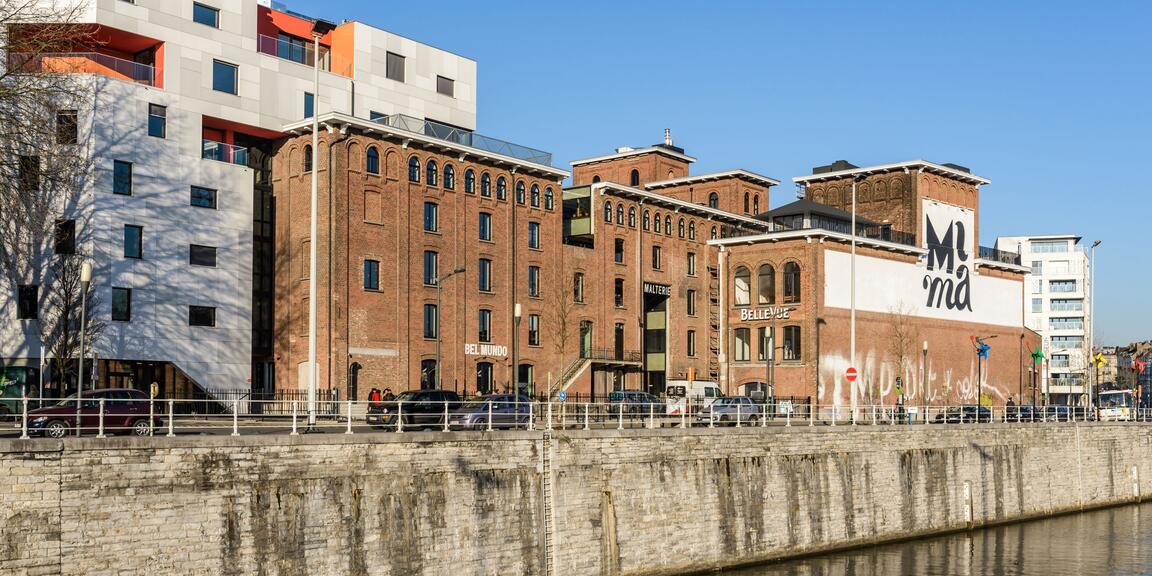
Visite guidée du Musée de la Migration (MMM) et promenade dans le vieux Molenbeek
Before the concert, discover Brussels!
Today, Brussels has more than 180 nationalities that make up our capital. Belgians are the largest group, followed by French, Romanians and Moroccans.
Every day our capital welcomes newcomers and sees others leave, all with their own dreams, expectations and stories. These personal journeys color and illustrate the history of Brussels as a cosmopolitan city.
The MigratieMuseumMigration highlights the history of the first generation of immigrant workers, the first reception at the Petit Château, the exiles, the war refugees, the Europeans who make use of the free movement within the EU and all the others.
You will get to know the city and the lives of others through memories and stories. In addition, this museum invites you to share your own history.
After the guided tour of the museum, we go to the old Molenbeek. In the 19th century, this was the industrial center of the city near the canal that connected southern Belgium and Brussels to the port of Antwerp and thus to the North Sea. Some of the remaining buildings from that time have been given a second life. The museum is a good example.
Elsewhere in the district, social housing projects have been developed, cultural institutions are flourishing and the wounds of the 1970s metro construction are only beginning to fade. At the center of it all: the Saint-Jean-Baptiste church, built in the Art Deco style and one of the few avant-garde concrete churches of the 1930s.
Flagey, Muntpunt, Brussels Philharmonic, Korei Guided Tours
